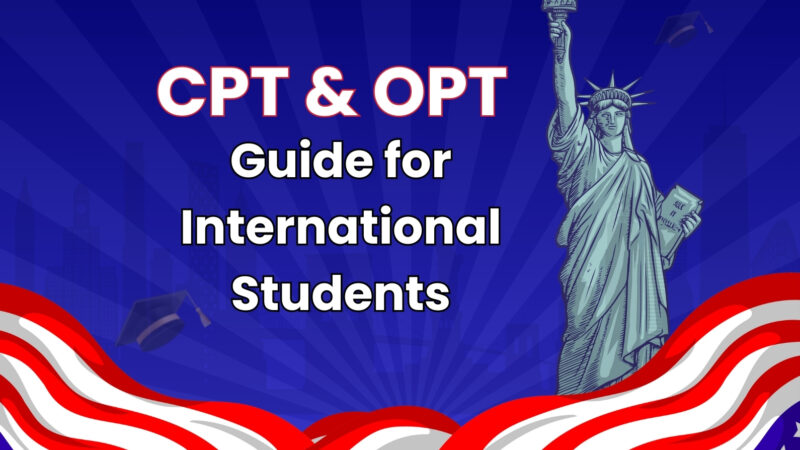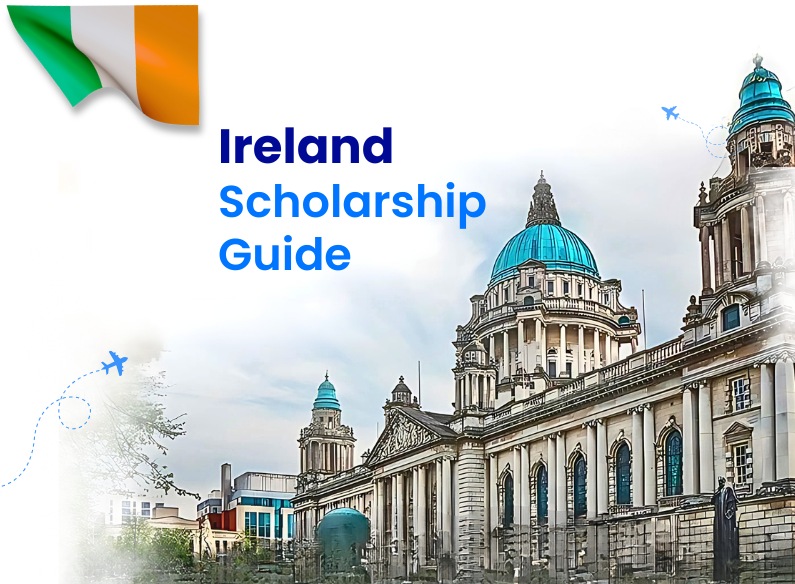
Study in Australia 2026-27: Admissions, Costs & Post‑Study Work Rules
In this article
- Admissions for Study in Australia: What to Know
- Cost of Living in Australia: Tuition, Living, and Fees
- Table: Cost Overview Study in Australia
- Post‑Study Work Rules to Study in Australia: What’s New in 2026
- Policy Changes and Tightening for Study Abroad in Australia
- Summary
- Frequently Asked Questions
Australia remains a prime destination for international students in 2026-27 thanks to its world-class education, vibrant multicultural atmosphere, and attractive post-study opportunities. Whether it’s for undergrad or graduate, prospective students want to know how the admissions process works, what to expect in terms of financial commitments, and what kind of work opportunities are available after you graduate at the list of universities in Australia. Here’s a complete breakdown to help you plan smart.
Explore Your Study Options in Australia for 2026
Admissions for Study in Australia: What to Know
To apply for study in Australia in 2026, here’s your path laid out clearly:
- Choosing the right course and institution
- Almost every university or higher education provider in Australia requires a CRICOS registration, ensuring international students are officially approved.
- Institutions in states like New South Wales, Victoria, and Queensland continue to attract the majority of international students specially to study bachelor’s in Australia.
- Visa essentials: Student Visa (Subclass 500)
- You’ll need a Confirmation of Enrolment (CoE), proof of financial resources (to cover tuition and living costs), Overseas Student Health Cover (OSHC), and meet English language requirements (IELTS, TOEFL, PTE, OET, CAE)
- Typical minimum scores: IELTS 5.5 (or equivalent).
- Enrollment caps and application priority
- For 2026, the New Provider Limit (NPL) has increased by 25,000 additional student commencements compared to 2025, signaling available spots—but once a provider’s cap is reached, visa applications can slow significantly.
Cost of Living in Australia: Tuition, Living, and Fees
Financial planning is central to your study journey:
Tuition fees
- Australian universities charge tuition based on discipline. According to Wikipedia’s education fees data (updated recently):
- Band 1 (e.g. humanities): ~$0–5,310 per year
- Band 2 (e.g. engineering, computing): ~$0–7,567
- Band 3 (e.g. medicine, law): ~$0–8,859
- Note: Arts degrees, bundled in Band 1, currently cost up to AUD 50,000/year for full-fee-paying international students under the Job‑Ready Graduates model—and this is expected to remain unchanged until at least 2027.
Other costs
- Expect living expenses (rent, food, transport) to vary by city; major cities like Sydney and Melbourne are pricier, while regional areas offer more affordability.
- Additionally, your Student Visa application fee has increased—from ~$710 to around AUD 1,600 as of July 1, 2024
Table: Cost Overview Study in Australia
This table provides a comprehensive overview of the average expenses you can expect during your educational journey for Australia and the Australia student visa fees. By providing a defined breakdown, it enables you to budget your funds effectively and transition to your new life as an international student with a smooth and stress-free experience.
| Category | Estimated Range (AUD per year) |
| Tuition (Band 1 – Humanities) | Up to 50,000+ |
| Tuition (Band 2 – STEM, etc.) | Up to 7,567 |
| Tuition (Band 3 – Law, Medicine) | Up to 8,859 |
| Student Visa fee | 1,600 (approx., from July 2024) |
| Living expenses | Varies (higher in metros, lower rurals) |
Arts degrees cost up to AUD 50,000/year under existing JRG policy, likely unchanged until 2027.
Post‑Study Work Rules to Study in Australia: What’s New in 2026
Understanding your options after graduation is vital:
Temporary Graduate Visa – Subclass 485
Two main streams:
- Graduate Work Stream: For diploma/trade graduates whose occupation is on the Skilled Occupation List. Usually allows up to 18 months, or 24 months for Hong Kong/BNO passport holders.
- Post‑Study Work Stream: Available to those with bachelor’s, master’s, or doctoral degrees from CRICOS‑registered providers.
Default durations (post-July 2023 enhancements)
- Bachelor’s: standard extended from 2 to 4 years
- Master’s (coursework): from 3 to 5 years
- Doctoral degrees: from 4 to 6 years
Extra time for regional graduates
- If you study and live in a regional area, you may get 1–2 additional years on top of the standard 2-year post-study work rights
Get Your Australia 2026 Education Loan Checklist
Policy Changes and Tightening for Study Abroad in Australia
Since July 1, 2024, changes include:
- Age cap lowered from 50 to 35 for Subclass 485 eligibility
- Tighter English proficiency and financial requirements
- Reduced post-study work durations unless you graduate from critical sectors like healthcare or technology.
These changes led to protests from students concerned about reduced opportunities, but the government argues that broader immigration targets necessitate these adjustments.
General tips
- Apply for your 485 visa within 6 months of finishing your course.
- You don’t need a job offer to apply, but having one helps your long‑term transition to permanent residency (PR).
Summary
Studying in Australia in 2026 promises excellent academic quality, significant post‑study work visas in Australia, and potential PR pathways. That said, costs of study in Australia are high —especially for arts/humanities—and visa policies are tightening, with an age cap and stricter criteria now in place. Select study areas and institutions wisely, plan financially, and act promptly to meet visa timelines.
To get more, info get in touch with Study Abroad Consultants from Nomad Credit

Frequently Asked Questions
What are the minimum English scores required for a student visa?
Usually IELTS 5.5 (TOEFL, PTE equivalents), unless you qualify for exemptions.
How long does the Subclass 485 poststudy work visa last?
- Standard: Bachelor’s up to 4 years, Master’s up to 5, PhD up to 6 (post-July 2023)
- Regional study may grant 1–2 extra years.
Is there an age limit for the 485 visa?
Yes—post‑July 2024 policy caps eligibility at 35 years.
How expensive is attending university in Australia?
Depends on discipline: up to AUD 50,000/year for arts (Band 1), about 7,500 for STEM, 8,800 for medicine/law, plus visa fees (approx. AUD 1,600).
Are there additional benefits to studying in regional areas?
Yes—lower living costs, extended post‑study work rights, and favorable PR point options.
Book A Free Counseling
Related Blogs
Want to connect with
Our Experts?
We provide keep one to one counselling to
Study Abroad Aspirants


.webp)






